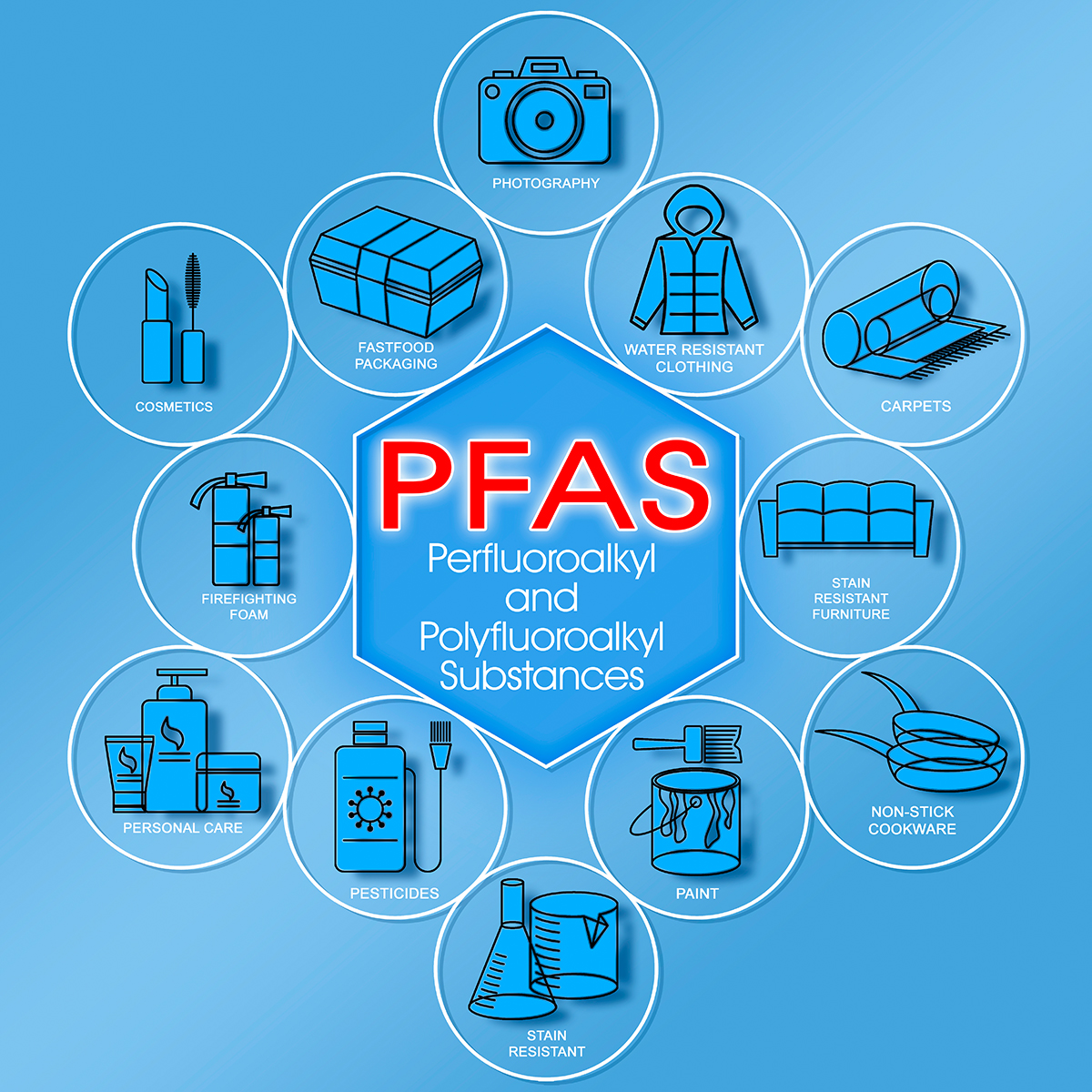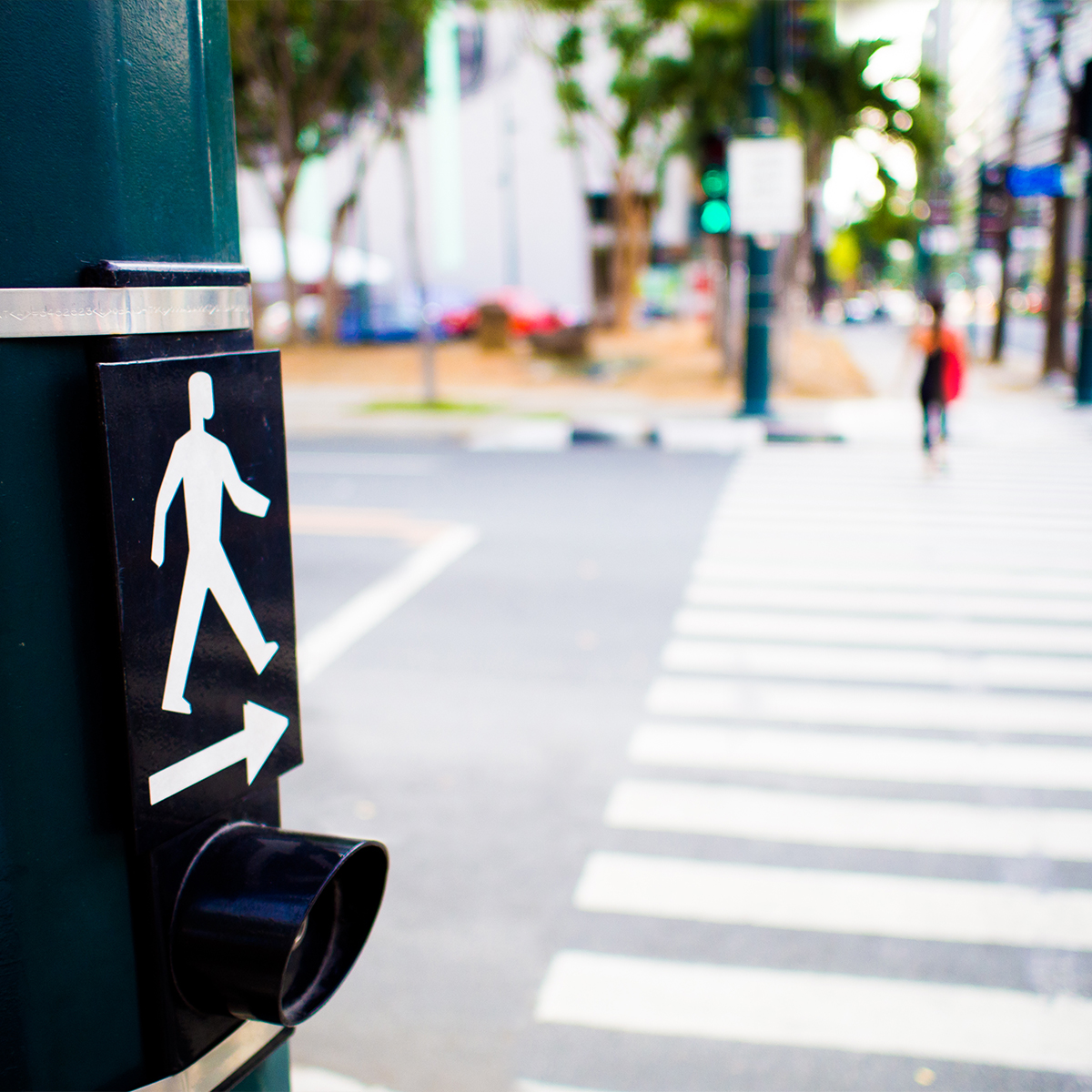-
Property & Casualty
Property & Casualty Overview

Property & Casualty
We offer a full range of reinsurance products and the expertise of our talented reinsurance team.
Trending Topics
Publication
Production of Lithium-Ion Batteries
Publication
PFAS – Rougher Waters Ahead?
Publication
Generative Artificial Intelligence in Insurance – Three Lessons for Transformation from Past Arrivals of General-Purpose Technologies
Publication
Did you Know? A Brief Reflection on La Niña and El Niño
Publication
Time to Limit the Risk of Cyber War in Property (Re)insurance
Publication
Pedestrian Fatalities Are on the Rise. How Do We Fix That? -
Life & Health
Life & Health Overview

Life & Health
We offer a full range of reinsurance products and the expertise of our talented reinsurance team.
Training & Education
Publication
When Actuaries Meet Claims Managers – Data-Driven Disability Claims Review
Publication
Chronic Pain and the Role of Insurers – A Multifactorial Perspective on Causes, Therapies and Prognosis
Publication
Fasting – A Tradition Across Civilizations
Publication
Alzheimer’s Disease Overview – Detection and New Treatments
Publication
Simplicity, Interpretability, and Effective Variable Selection with LASSO Regression Moving The Dial On Mental Health
Moving The Dial On Mental Health -
Knowledge Center
Knowledge Center Overview

Knowledge Center
Our global experts share their insights on insurance industry topics.
Trending Topics -
About Us
About Us OverviewCorporate Information

Meet Gen Re
Gen Re delivers reinsurance solutions to the Life & Health and Property & Casualty insurance industries.
- Careers Careers
Risky Left Turns – What About a Roundabout?

July 02, 2024
David Hurt
Region: North America
English
In the intricate web of logistics and transportation, every decision counts. One seemingly minor choice, such as whether to turn left or right, can have ripple effects on efficiency, safety, and environmental impact. For years delivery companies like UPS have used technology to reduce the number of left turns made by drivers.1 Think of it as asking Siri to get directions to a location without making left turns. An algorithm calculates the most efficient direction and prioritizes the route with the fewest left turns. Believe it or not, this left turn avoidance strategy is not only more efficient in several ways, it is also safer.
When it comes to the hazardous action of turning left, there are a multitude of contributing factors including distracted driving, impairment, speeding, and poor visibility. Drivers must navigate across oncoming traffic lanes, increasing the likelihood of a collision if misjudged. They must assess the speed and distance of oncoming vehicles while their view may be obstructed by parked cars, buildings, or other visual obstacles. Also, drivers often make quick decisions to capitalize on gaps in traffic, which can lead to errors in judgment and risky maneuvers.
Motorcycles and pedestrians present additional risks for drivers making left turns. Pedestrians can be unpredictable, coming from different angles and sometimes not using crosswalks. Motorcycles have smaller profiles than larger vehicles, making them less visible to drivers, especially when navigating through intersections with obstructed views. Even without visual obstructions, drivers making left turns often misjudge the speed and distance of approaching motorcycles, leading to collisions when they pull out in front of them. While anecdotal, the following example illustrates the high incidents of left-turn-related accidents: A review of claims for a food delivery company revealed that 48% of accidents involved left-turn collisions and 38% were left-turn collisions with motorcycles resulting in serious injuries or fatalities.
One potential way to mitigate the dangerous left turn is constructing or converting our traditional intersections into roundabouts. Multiple studies have found significant benefits of roundabouts versus traditional controlled intersections.2 Sometimes space constraints make them infeasible so they would not replace all intersections. However, roundabouts have been shown to offer space efficiencies as well as safety benefits compared to traditional four-way intersections.3
Benefits of Roundabouts
The studies listed below provide useful statistics about the benefits of roundabouts.
- Funded by the Kansas Department of Transportation, studies by Kansas State University measured traffic flow at intersections before and after conversions to roundabouts. In each case, installing a roundabout led to a 20% reduction in delays. Additional studies by the Insurance Institute for Highway Safety (IIHS) of intersections in three states, including Washington, found that “roundabouts contributed to an 89% reduction in delays and 56% reduction in vehicle stops.”4
- Insurance Institute for Highway Safety found that “roundabouts are a safer alternative to traffic signals and stop signs. The tight circle of a roundabout forces drivers to slow down, and the most severe types of intersection crashes – right-angle, left-turn and head‑on collisions – are unlikely. Roundabouts improve traffic flow and are better for the environment and generally safer for pedestrians.”5
- “Studies of intersections in the United States converted from traffic signals or stop signs to roundabouts have found reductions in injury crashes of 72%‑80% and reductions in all crashes of 35%‑47%.”6
- “A study of 19 higher-speed rural intersections (speed limits of 40 mph or higher) that originally had stop signs on the minor approaches and were converted to roundabouts found a 62% reduction in all crashes and an 85% reduction in injury crashes.”7
- “Based on the results of a 2004 study, it’s estimated that the conversion of 10% of the signalized intersections in the United States to roundabouts would have prevented approximately 51,000 crashes in 2018, including 231 fatal crashes and about 34,000 crashes involving injuries.”8
Additionally, the City of Bristol, Virginia Public Works Department discusses several benefits to roundabouts over traditional intersections. In addition to being safer, they:
- Reduce delay and improve traffic flow through intersections
- Are less expensive to maintain and operate
- Require less space and fewer lanes leading to and away from the roundabout9
Reduction in Collisions

Given both anecdotal observations and reviews of the available data, it might be advisable for insurers to begin speaking with policyholders and potential policyholders about the hazards of turning left. These discussions may lead to the implementation of safety programs that emphasize minimizing left turns and may ultimately prove safer for the policyholder, leading to fewer accidents and claims.
- Robby Berman, Big Think, “The Science Behind Why UPS Trucks Avoid Making Left Turns,” Feb. 4, 2017, https://bigthink.com/technology-innovation/the-science-behind-why-ups-trucks-avoid-making-left-turns
- Insurance Institute for Highway Safety, “Roundabouts,” Updated June 2023, https://www.iihs.org/topics/roundabouts
- City of Bristol, Virginia, “Roundabout Benefits,” https://www.bristolva.org/567/Roundabout-Benefits
- Details and analysis of the Kansas State University study can be found in E.R. Russell, G. Luttrell, and M. Rys “Roundabout Studies in Kansas,” 2002, 4th Transportation Specialty Conference of the Canadian Society for Civil Engineering, Montreal; Information about the IIHS studies can be found here: https://www.iihs.org/topics/roundabouts; the referenced study is R.A. Retting, S. Mandavilli, A.T. McCartt, and E.R. Russell, “Roundabouts, traffic flow and public opinion.” Traffic engineering and control, 47, 2006: 268‑272.
- Id. at note 2.
- R.A. Retting, B.N. Persaud, P.E. Garder, and D. Lord, “Crash and injury reduction following installation of roundabouts in the United States,” American Journal of Public Health, Apr 2001; S. Eisenman, J. Josselyn, and G. List, “Final Report Project NYDSOT C‑01‑47: Operational and Safety Performance of Modern Roundabouts and Other Intersection Types,” 24 Jan 2004, https://www.dot.ny.gov/divisions/engineering/technical-services/trans-r-and-d-repository/C-01-47.pdf; National Academies of Sciences, Engineering, and Medicine, L. Rodegerdts, et al., “Roundabouts in the United States,” 2007, https://nap.nationalacademies.org/read/23216
- H. Isebrands and S. Hallmark, “Statistical Analysis and Development of Crash Prediction Model for Roundabouts on High-Speed Rural Roadways”, Transportation Research Record: Journal of the Transportation Research Board, v2313 (1), 1 Jan 2012, https://journals.sagepub.com/doi/abs/10.3141/2312-01?journalCode=trra
- Insurance Institute for Highway Safety, “Roundabouts,” https://www.iihs.org/topics/roundabouts, drawing on Eisenman, et al., 2004.
- Id. at note 3.





